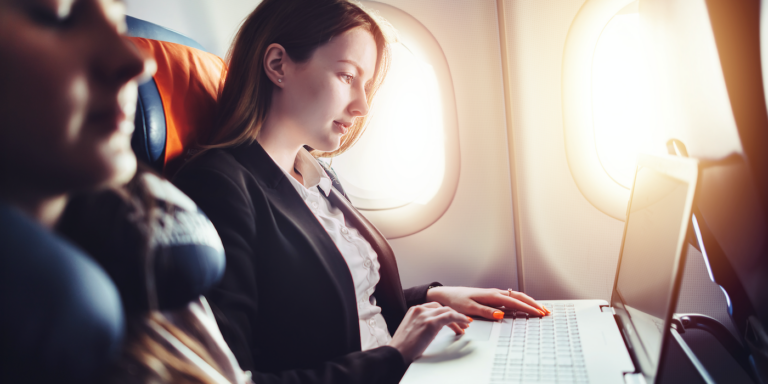A new two-part report from Valour Consultancy predicts strong growth in the aircraft seating and in-seat power markets over the next 10 years. The market intelligence firm’s latest data reveals that the commercial aircraft seating market will be worth US$4.9 billion in 2028 – up from US$3.8 billion in 2018. The proportion of total in-service seats with in-seat power, meanwhile, is set to increase from about 38% to 66% over the same timeframe.
Both markets are set to become markedly more competitive over the next few years. Today, the aircraft seating market is an oligopoly dominated by three companies: Safran Seats, Collins Aerospace and Recaro Aircraft Seating, which together, account for about three-quarters of annual revenues. However, with aircraft OEMs now more open to adding new products into previously impenetrable airframer catalogues and a series of well-documented delays to seat deliveries caused by engineering, supply chain and certification issues, barriers to entry have come down significantly. As a result, a clutch of new players are seeking to chip away at the dominance of the big three.
And with airlines keen to avoid their passengers falling victim to so-called ‘low-battery anxiety’ and continued growth in the adoption of in-flight connectivity and wireless in-flight entertainment (W-IFE), the retrofit opportunity for in-seat power – especially in the largely untapped single-aisle segment – will represent an increasingly fierce battleground going forward. 2018 saw Astronics and KID-Systeme generate a combined 98% of total revenues, with six or seven companies fighting over the remainder. But with the likes of Imagik, Burrana and Inflight Canada all winning sizeable contracts recently, concentration of power is set to shift.
A blurring of the lines between categories as the industry moves away from four clearly-defined cabin classes (economy, premium economy, business class and first class) is also creating opportunities. Super first class is emerging and mini-rooms, rather than seats, are seen to represent the ultimate in comfort and a way to differentiate top-tier service from an ever-improving business class where suites with sliding privacy doors are becoming more commonplace. Furthermore, premium economy and fully flat business class beds with direct aisle access on single-aisle aircraft will become increasingly important as longer-range narrow-bodies like the new A321XLR and B737 MAX are deployed more frequently. The likely knock-on effect is increased demand for multiple in-seat power options in these more premium cabins.
Valour Consultancy’s latest report The Future of Aircraft Seating and In-Seat Power has been developed with input from more than 30 companies across the value chain, and includes 93 tables and charts along with commentary on key market issues, technology trends and the competitive environment. For a full table of contents and report scope, visit Valour here.





